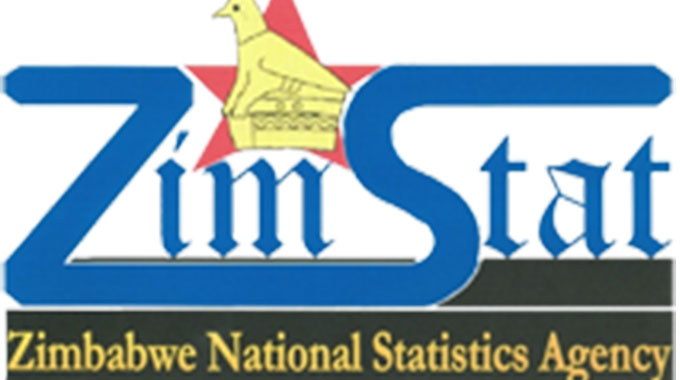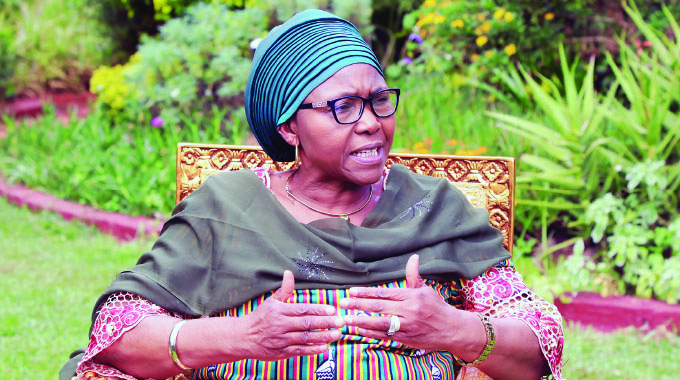Zimstats conducts 12-day labour force survey

Business Reporter
THE Zimbabwe National Statistics Agency (Zimstat) has embarked on a 12-day national Quarterly Labour Force Survey (QLFS) for the third quarter of the year to capture key labour market indicators that include levels of formal and informal employment and job losses.
The survey data also feeds into the compilation of quarterly Gross Domestic Product (GDP).
“The Zimbabwe National Statistics Agency (Zimstat) will be conducting the Quarterly Labour Force Survey (QLFS) for the third quarter of 2022 from 1st to 12th August 2022,” reads part of the statement.
“The survey intends to produce key labour market indicators, which includes but not limited to levels of formal and informal employment, unemployment and labour underutilisation indicators, as well as job losses that have occurred during three months prior to the survey interview date.
“The survey data also feeds into the compilation of quarterly Gross Domestic Product (GDP).”.
In July, Zimstat released the first quarter Labour Force Survey findings, which indicate that over three million people are employed in various sectors of the economy.
According to the report, 3 274 645 people were employed in the period under review with the national employment-population ratio pegged at 35,3 percent.
Of the total employed, males dominated the labour force with 1 908 732 employed while 1 365 912 women were employed.
In the quarter under review, the agency found out that Harare had the highest employment population ratio of around 50,2 percent followed by Bulawayo at 46,1 percent, a slight drop of 0,7 percent from the 2021 fourth quarter.
The least employment population ratio was in Matabeleland North at 19,6 percent down from the 22,2 period in the prior quarter.
On the proportion of employed persons by sector of employment, the bulk of people are in the informal sector with 44,7 percent of which 46,4 percent are females and 43,5 are males.
The formal sector had an overall percentage of 27,9 with males contributing 29,9 percent and 25,1 percent females.
The informal sector employed about 44,7 percent of people with wholesale trade, retail trade, sale and repair of motor vehicles and motor cycles absorbing 49,2 percent, followed by mining and quarrying (12 percent) and 11,5 percent in manufacturing.











Comments